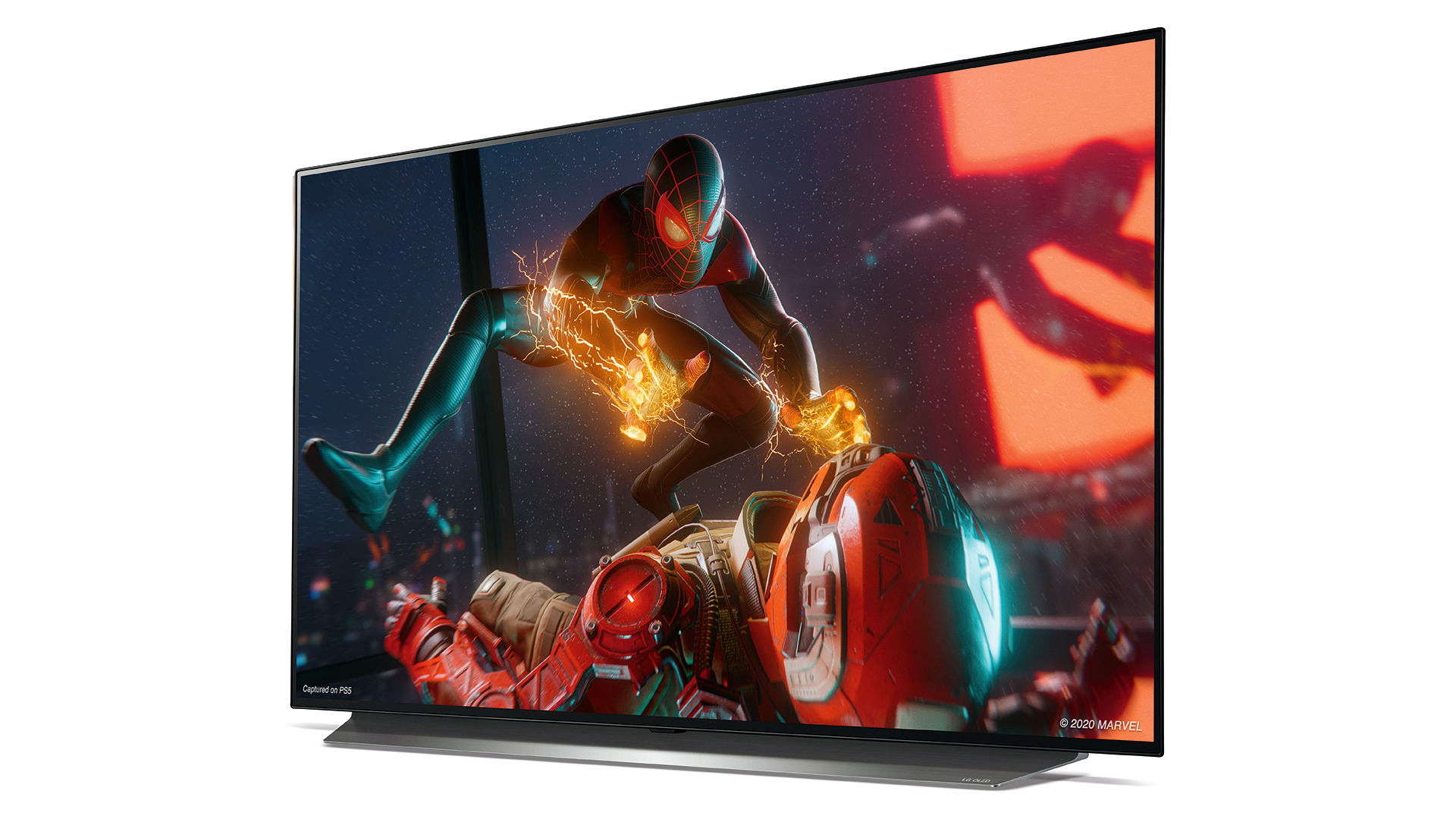
It's not an HDMI standard with much publicity right now, but HDMI QFT should be one you're keeping an eye on if gaming is a priority. It may be one of the lesser talked about HDMI 2.1 features but this low latency technology has the potential to make your on-screen action more responsive and give your overall reaction time a head-start over the competition. So, what is HDMI QFT?
What is HDMI QFT?

The QFT in HDMI QFT stands for Quick Frame Transport and, like its name suggests, it's a technology that speeds up the transmission of each frame on its journey from source to screen. It decreases the latency between the moment when the visual data is available in the graphics processor of your gaming device and the time when that data is then rendered on the screen as a frame. The shorter that gap, the closer your gameplay can be to the live version of the action.
This is very different to something like ALLM which simply optimises an ALLM-compatible TV to gaming. While ALLM will automatically shut down your TV's extraneous picture processing in order to reduce what's known as 'input lag', HDMI QFT actively speeds up the transport of the game data itself.
It's so effective that it can theoretically reduce that time and lower latency by multiples of milliseconds. In the world of fast-action online gaming, with input lag for the best gaming TVs already down to a matter of 20ms, those extra few milliseconds could make a very big difference.
How does HDMI QFT work?
The path of gaming data from source to screen is a lot longer than an HDMI cable. Display latency is defined as the time it takes to get a frame from the source GPU, at the moment that its ready, all the way until its painted on your TV screen.
That's the time it takes to get through the source's output circuits, the transfer across the cable, the processing of the video data by the TV's chips and then finally the rendering of those frames on-screen. In real terms, that can affect things such as the delay between pressing a button on your games controller and actually seeing that action take place on the screen.
HDMI QFT can't speed up all of that but it can accelerate things from source HDMI port to sink HDMI port, so long as both devices support the HDMI QFT standard. QFT transports each frame through the pipeline at a higher rate than normal.
HDMI QFT is an HDMI 2.1 feature, which means that it could be possible to enable it at some point on any device with an HDMI 2.1-certified port.
Which devices are HDMI QFT-certified?
At present you'll struggle to find HDMI QFT support on any TV or games console. For the time being, neither the Xbox Series X and Series S, nor the PlayStation 5 can make use of HDMI QFT technology, and it's unclear whether or not it can be added as a firmware update.
A clue may come from the world of AV receivers, which are often way ahead of the curve when it comes to new audio-visual technologies. All of the current Denon X Series AVRs (from the X2700H upwards) with an 8K input, and all the current Marantz AV receivers with an 8K input, support QFT. They're also able to passthrough a QFT signal on their non-8K HDMI ports.
While older AVRs with HDMI2.0b sockets were able to add ALLM, HDMI 2.1 features such as VRR, QFT and QMS require hardware upgrades for compatibility. It seems likely that it would only take software tweaks to add QFT to any device already stocked with at least one HDMI 2.1-certified port, but we await confirmation from the manufacturers.
So, there's a good chance that, while neither PS5 nor Xbox Series X users can benefit from the low latency gaming potential of HDMI QFT right now, that doesn't mean they won't be able to at some point soon. More crucial might be to have a relatively modern TV, which is likely to benefit from its own HDMI QFT update eventually at some point.
For the present, Samsung does not support HDMI QFT with its TV range nor has it any immediate plans to add it. However, with little source support and a claimed input lag of under 10ms at 60Hz and under 6ms at 120Hz on its recent QN95A TV, it doesn't feel a pressing need.
That said, there is one manufacturer on the gaming side that is QFT-ready. Nvidia's Ampere 30-series GPUs fully support HDMI 2.1 including HDMI QFT. So, if you're looking to take your PC gaming to the big screen, then you're only a TV away. We'll keep you posted and add to this list as soon as we hear of any available.
Until then, happy, if slightly less responsive, gaming.
MORE:
Take a look at our choice of the best gaming TVs in the world.
Pick up one of the very best gaming headsets for the all-night experience.
Torn? PS5 vs Xbox Series X: which next-gen console should you buy?
Get the What Hi-Fi? Newsletter
The latest hi-fi, home cinema and tech news, reviews, buying advice and deals, direct to your inbox.
Dan is a staff writer at What Hi-Fi? and his job is with product reviews as well as news, feature and advice articles too. He works across both the hi-fi and AV parts of the site and magazine and has a particular interest in home cinema. Dan joined What Hi-Fi? in 2019 and has worked in tech journalism for over a decade, writing for Tech Digest, Pocket-lint, MSN Tech and Wareable as well as freelancing for T3, Metro and the Independent. Dan has a keen interest in playing and watching football. He has also written about it for the Observer and FourFourTwo and ghost authored John Toshack's autobiography, Toshack's Way.

